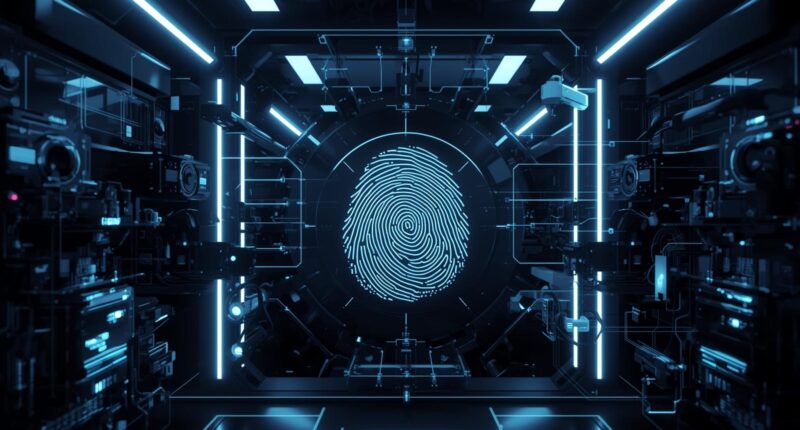How Biometric Technology Enhances Digital Banking Security
As banking moves into the digital age, cybersecurity threats continue to grow. From phishing scams to identity theft, financial institutions must constantly adapt to protect customer accounts. One of the most effective solutions is biometric authentication. Understanding how biometric technology enhances digital banking security helps both banks and users embrace safer, smarter ways to access financial services.
Why Biometric Technology Matters for Digital Banking Security
Traditional password-based systems are no longer enough. Hackers can steal, guess, or crack passwords with increasing ease. By adopting biometric solutions, banks add an extra layer of protection.
Key benefits of biometric technology in digital banking security include:
-
Stronger authentication than passwords or PINs
-
Reduced fraud through unique identifiers
-
Faster, more convenient access for users
-
Increased customer confidence in digital banking
Types of Biometric Technology in Digital Banking
1. Fingerprint Recognition
Widely used in smartphones and banking apps, fingerprint scanning provides quick and secure authentication.
2. Facial Recognition
Banks are integrating advanced facial recognition systems to verify users during login or transactions.
3. Voice Recognition
Some digital banks use voice biometrics to authenticate phone banking and app-based services.
4. Iris or Retina Scans
Highly secure but less common, iris recognition is used in high-security banking applications.
Table: How Biometric Technology Enhances Digital Banking Security
| Biometric Method | Application in Banking | Key Advantage | Security Level |
|---|---|---|---|
| Fingerprint | Mobile banking login, app security | Quick and easy to use | High |
| Facial Recognition | Login, transaction approvals | Hands-free and convenient | High |
| Voice Recognition | Phone banking, app commands | Useful for accessibility | Medium |
| Iris/Retina Scan | High-security financial verification | Nearly impossible to fake | Very High |
This table summarizes the main ways biometric technology enhances digital banking security in 2025.
Advantages of Biometric Technology in Banking
-
Stronger Protection: Biometrics are unique and difficult to replicate.
-
Convenience: Eliminates the need to remember complex passwords.
-
Fraud Prevention: Helps stop identity theft and unauthorized access.
-
Customer Trust: Encourages adoption of digital banking services.
Challenges and Risks
While biometric authentication is powerful, it’s not without risks:
-
Data Privacy Concerns: Stolen biometric data cannot be changed like a password.
-
Implementation Costs: Banks must invest in advanced systems.
-
False Positives/Negatives: Accuracy issues can occur with poor-quality scans.
Real-World Examples of Biometric Banking
-
HSBC uses voice recognition for secure banking services.
-
Wells Fargo and Bank of America integrate fingerprint and face ID for mobile apps.
-
Digital-first banks in Asia have adopted iris recognition for high-value transactions.
Internal and External Resources
👉 Related reading:
Blockchain for Banking
👉 For industry standards, check:
National Institute of Standards and Technology (NIST)
Final Thoughts on How Biometric Technology Enhances Digital Banking Security
In 2025 and beyond, biometric solutions will play a critical role in keeping digital banking safe. By understanding how biometric technology enhances digital banking security, banks and customers can adopt stronger safeguards against evolving cyber threats.
To recap:
-
Fingerprints, facial scans, and voice recognition improve authentication
-
Biometrics prevent fraud and boost customer confidence
-
Risks exist, but proper regulation and encryption can minimize them
As technology evolves, biometric authentication will remain one of the most powerful tools in the fight for secure, user-friendly digital banking.









